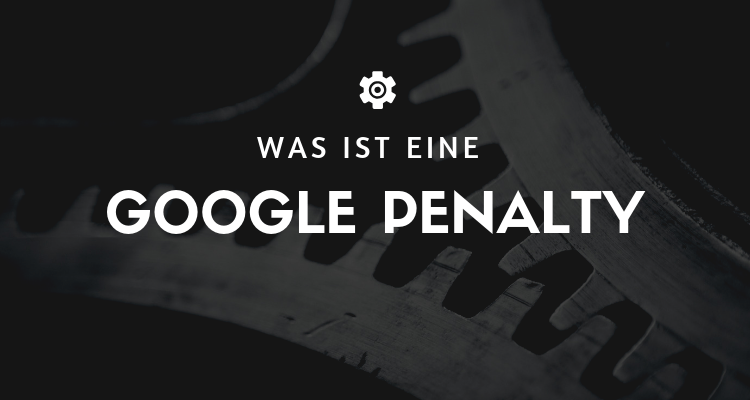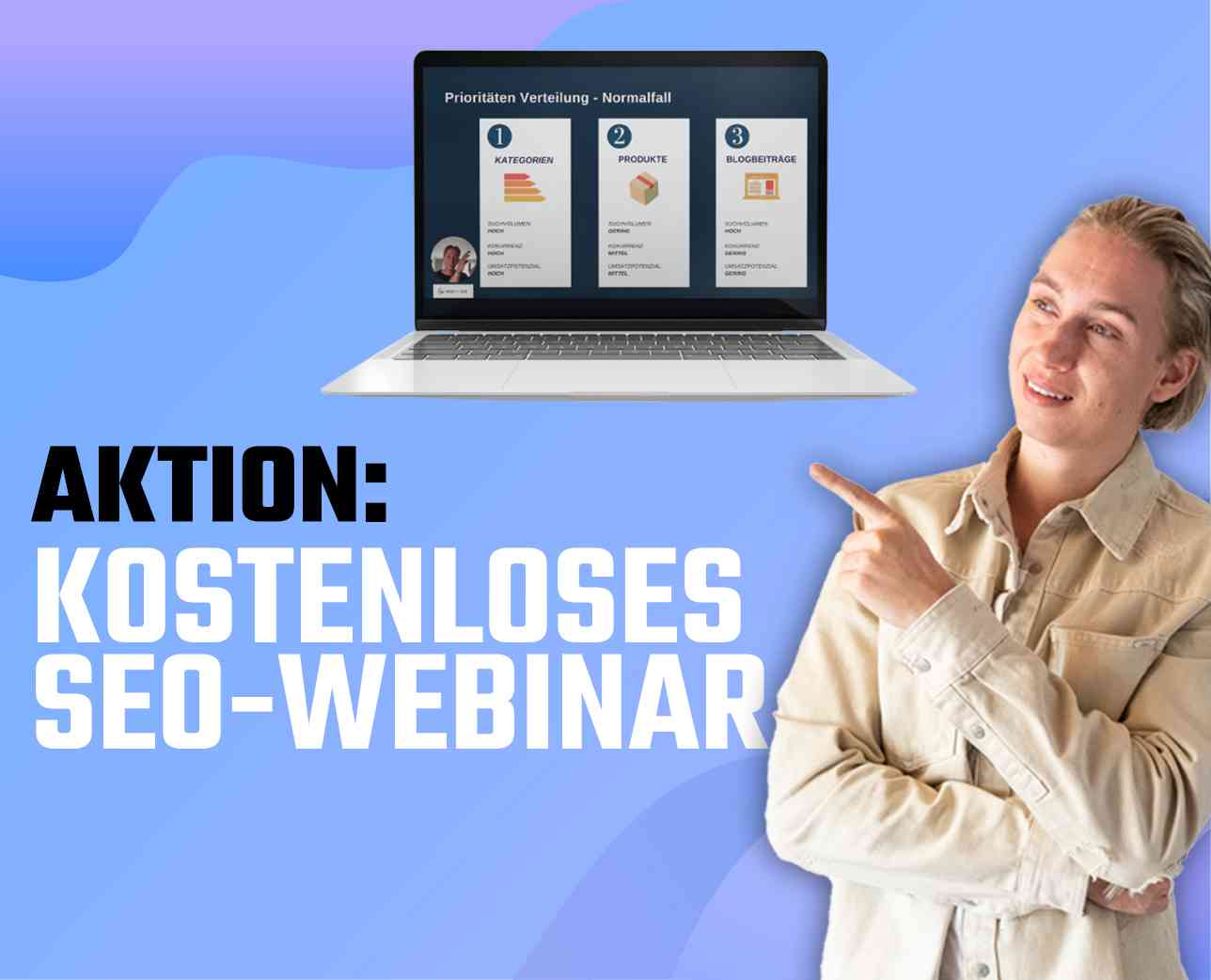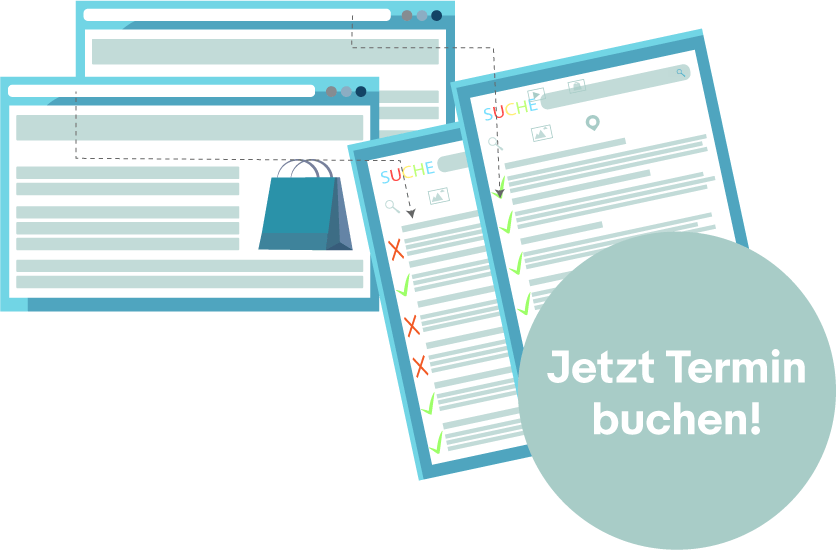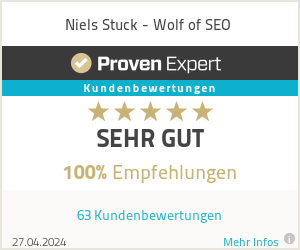
What is a Google Penalty?
In recent years, the SEO industry has been impacted by a number of important algorithm updates designed to help weed out spam content and make the virtual world a better place for everyone. Consequently, websites that did not meet the Webmaster-If you do not comply with Google's guidelines, you will be subject to numerous Google Penalties, some of which are given manually. This means that a Google employee has reviewed your website and considers it to be spam.
You will know if you receive a manual penalty because you will see a message in your Google Webmaster Tools Dashboard followed by a very significant drop in traffic to your website.
Google defines a manual penalty as a manual action taken against all or part of your website. In contrast, most websites that are rated as bad are easily penalized by the search engine giant's web crawlers using automated processes. However, the company also employs dedicated teams to manually review certain websites that are flagged as spam by the search engine crawlers. This process has been going on for more than a decade, with the application of penalties peaking in late 2012 after the Google Penguin update.
Reasons for Google penalties
Google's goal has always been the same. It is to identify low-quality websites and banish them from the search results. Other search engines, such as Microsoft's Bing, have the same goals. However, as automated processes become better at flagging suspicious websites, the number of potential offenders that Google becomes aware of is constantly increasing. If your website has been flagged as spam and subsequently received a manual penalty, you can report this in the Manual Actions section of the Google Webmaster Tools experienced, along with the reasons given, such as the following:
- Paid links
- Cloaking
- Automatically generated content
- Irrelevant Backlinks
- Third-party spam reports
- Stolen content
- Excessive advertising
Most manual spam actions are distributed domain-wide on websites that Google considers pure spam. Typically, these websites will contain useless, unreadable, typewritten content and offer nothing of value to readers. In other words, the website exists only to attract search engine traffic by manipulating the results in the hope of getting a few paid clicks. While the so-called unnatural link penalty is by far the most common one, you can also use a Google Penalty for things like poor website security (especially for E-commerce-Shops) or receive poor performance.
Unnatural links and Google penalties
The penalty for unnatural links is not always the result of your own actions, as they are links to your site elsewhere on the web that may not be under your control. Sometimes, a large number of unnatural links that are on low-quality and/or irrelevant websites is the result of a negative SEO campaign conducted by an unscrupulous competitor who is out to ruin your reputation. Either way, you need to take immediate action to fix the problem before Google considers revoking the penalty. The unnatural link penalty can be applied in the following cases:
- Exactly matching anchor text features across your website
- Backlinks from spam blogs and spam forum comments
- Embedded links in footers and widgets on other websites
- Links from completely irrelevant or spam websites
- Excessive number of direct Link exchange between multiple websites
- Guest linksBlogging-networks and collected article directories
- Any link that has been paid for.
In other words, any link that is designed to artificially manipulate a website's standing in the search engines is not wanted by Google. Too many of these suspicious links, and Google could impose a manual penalty. All manual penalties can be applied either to one or more specific pages of the website or to the entire website itself. In the case of the most common "Manual Penalty", however, it is likely that the entire site will be affected. Even if the penalty only applies to a specific page, it can and will lead to much more serious site-wide problems in the near future.
Manual measures versus algorithm penalties
Google usually penalizes websites in one of two ways. The spam team might detect a problem with your site and take a manual action, or you might be automatically penalized due to an update to Google's search algorithm. In either case, you'll need to figure out the cause of the drop.
Manual penalties
The first thing you should do is to log in to the Google Webmaster Tools and find out if you have received any notifications from Google. If you have received a manual penalty, you will find a "Notice of unnatural links detected" or similar message explaining that Google has detected low-quality inbound links pointing to your website. Examples of unnatural or low-quality links can be those that have been purchased in order toPageRankor that look like part of a link scheme. Regardless of what they found, it's your job to fix the problem and submit your website for re-review for Google search results.
If you go to the Google Webmaster tools do not find any notifications, the problem needs to be investigated in more detail, what changes Google has made recently and how they affect your website.
Algorithmic changes
To find out what kind of penalty you are facing, you need to locate the time period in which yourRankinghas deteriorated, and match it with the date when Google released a new update for its search functionality.
There are two main Google algorithm penalties: Panda and Penguin. Panda focuses on the quality of content. It prevents websites with duplicate or very thin content from ranking high in search results. Penguin deals withBacklinksand aims to identify websites that attempt to violate theRankingmanipulate by using low-quality inbound links to make the site appear more credible than it actually is. Most Penguin and Panda updates are relatively insignificant, but regardless of how big the change is, every website is vulnerable to the rules Google sets in the interest of a better user experience.
A quick search on sites like Search Engine Land and Search Engine Journal often reveals news about a new algorithm update. Moz carries a year-by-year summary of the updates, including articles highlighting the changes. You should alsoMatt Cutts, the head of Google Webspam, and follow Google Webmasters on social media. If there's been a recent change at Google that affects sites like yours, chances are someone in the SEO industry is writing about it.
Penguin problems
The main cause of most of the penalties areBacklinks, also known as inbound links. These are still an important factor influencing theRankinginfluenced, and as SEO has become more competitive, some marketers are trying to get links in an unnatural way, resulting in penalties.
Examples of low-quality websites you should avoid:
- Websites that have been penalized or blocked by Google - If you have inbound links from sites that Google is cracking down on for violating its policies, you should get rid of them.
- Duplicate content websites - If a site has segments of duplicate or very similar content within a domain or across domains, Google is likely to rank the site as low quality.
- Websites that have nothing to do with your industry - Many websites inevitably get links from sources that have little or nothing to do with your focus. If the link appears completely random and without any context, it can look unfavorable to Google.
- Comment spam and forum links - These links will almost certainly get your site penalized. Those who place links in blog comments and forum profiles are not only annoying, but actively violate Google's guidelines and will probably pay for it.
- Websites with very little content - In previous years were Backlinks from online directories were great because they were relatively easy to get and gave your SEO a boost. Not anymore. Inbound links from directory and social bookmarking sites are inferior and if you have them, you should use a nofollow tag to make sure they don't affect the quality of your site.
- Global website links - If you have links from sidebars, footers and widgets, it looks suspicious. You should avoid these.
- Advertising links - Any link that comes from sponsored content should not have a PageRankreceive. If you link advertising to your content, you should use a nofollow tag to ensure that yourRanking is not impaired.
- Tactics aimed at tricking search engines - Websites that hide links or text in their scripts or use redirects, doorway pages and automatically generated content should be avoided.
Google penalties can be costly. The best way to get your website to rank well is to know and follow the Google Webmaster-Guidelines. If you focus on ensuring that your content and backlink profile are of high quality, you will continue to have a good relationship with users and search engines.
Conclusion
Google Penalties are an important tool to improve the quality of search results and stop bad practices that affect the user experience. These penalties can occur as manual penalties or as algorithm penalties and can lead to a dramatic impact on theorganicRangeof the site operator.





 By
By 